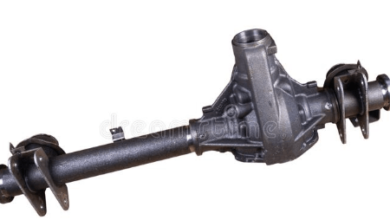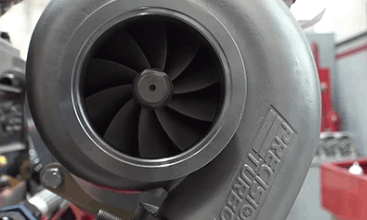Honda Civic Tire Pressure – Maintain Your Tires!
The tire pressure of Honda is very important. You need to keep an eye on the pressure o your tires. Here you can find detailed information on the Honda Civic tire pressure. And you can take the required action for your Honda Civic tire pressure.
What is the Correct Tire Pressure for Honda Civic?
Without consideration of the model Honda, the correct tire pressure of the Honda Civic is between 32-35 psi. And you need to be sure that all the tire pressure values of all wheels must be the same.
How to Measure Tire Pressure for Honda Civic?

To measure the tire pressure of a Honda Civic, you do not need to make a special thing. The tires of the Honda Civic are the same as the general other passenger cars. So, what you need to do is, you can measure with conventional methods.
- If your car is a newer model, you will have a TPMS system. The TPMS system means the tire pressure management system that gives important notifications on the dashboard about your tire pressure. If your tire pressure is not at the intended levels, the TPMS system will give an important notişfication. And you will know which tire you need to deal with.
- The other way that you can do this is, can use a tire inflating machine that is generally available at gas stations. You need to Rio the tire valve cap off and attach the inflating plug on the valve. You will see the psi value of the tire pressure of your car. By pushing the “tire” symbol on the machine, it will inflate or deflate your tire to the intended pressure.
- Also, you can use pressure measurement devices. They are generally very basic sticks that you need to attach to the tire valve. And you can directly read the tire pressure on it.
Why You Should Keep Your Tire Pressure between 33-35 psi?
There are very important reasons why you need to hold the tire pressure of your car between 33-35 psi.
- If the tire pressure of the Honda Civic is lower than 30 psi, the handling of the car will be harder. Because there is much more contact with the road which makes handling harder.
- Also, the wear on the tires will be much higher. If you inflate the tires to the intended levels, the tire wear will be much higher. So, it is very important to inflate the tire to the optimum levels.
- Another important thing to consider is, if your Honda Civic tire pressure levels are very high, it is very harmful to tires. And you will lose control over your car.
- And if the tire ğressure of the 4 wheels of your car if not the same, it will affect the balance of the axle systems and your car. To prevent it, you need to adjust the tire pressure of your car. It is a very important thing to consider.
So you need to hold the Honda Civic tire pressure at the normal levels as we stated above.
Resetting the Honda Civic TPMS Light
If you adjustable the tire pressure levels of your Honda car, the TPMS light will not go. Because the system must be sure that you adjusted the tire pressure levels evenly. So, there are several things that you can make to reset the tire pressure of your vehicle.
- If you are driving newer versions of the Honda Civic, you need to şnitiate the calibration process. From the touch dashboard, you can adjust all the important things. Find the “TPMS calibration” from the settings. And click on it. If you could not find it, you just need to check the user’s manual of your car. After the calibration started, you need to drive your car for 30 miles at 30-60 mps. And after that, the TPMS sensor will go off automatically.
- Sometimes, driving your vehicle just for 30 miles will solve the problem. Because the TPOMS system tries to be sure that the tire pressure of the car is stable.
How Often We Should Check the Tire Pressure?
It is very important to check the tire pressure once a month. Because there are minimal air leaks even at the healthy tires. And because of it, your tires can lose air after a while. You need to check the pressure.
In the ideal case, the threaded section of the tire must be in contact with the ground. It will provide the maximum traction and hold for the Honda Civic car. And also if your tire is overinflated, not all the trade sections will be in contact, only the middle side.
And also, if your tires are underinflated, only the outer sections of your tires will be in the contact with the ground. So you can understand from these parameters if your tires are in good psi value.
Last Words
We tried to give all the important considerations to you about the Honda Civic tire pressure. And also we added additional data that will be useful for you.
If you have additional comments and questions about the Honda Civic tire pressure, please leave them below. Your precious feedbacks are very important to us.
Related topics about car tires;
Tire Balancing Beads – Buying Guide, Use and Advantages
Why Tires Deflate Over Time? Different Reasons and Fixes
How Close to Sidewall Can a Tire Be Patched? Simple Explanation
How Long Does It Take to Patch a Tire? Quick Answer
What Tire Pressure is Too Low? Simple Answer
How to Let Air Out of Tire? Simple Explanation
Tire Cage for Occupational Safety – All Information You Need
Tire Bead Sealer – Benefits, Use and Buying Guide
References;



